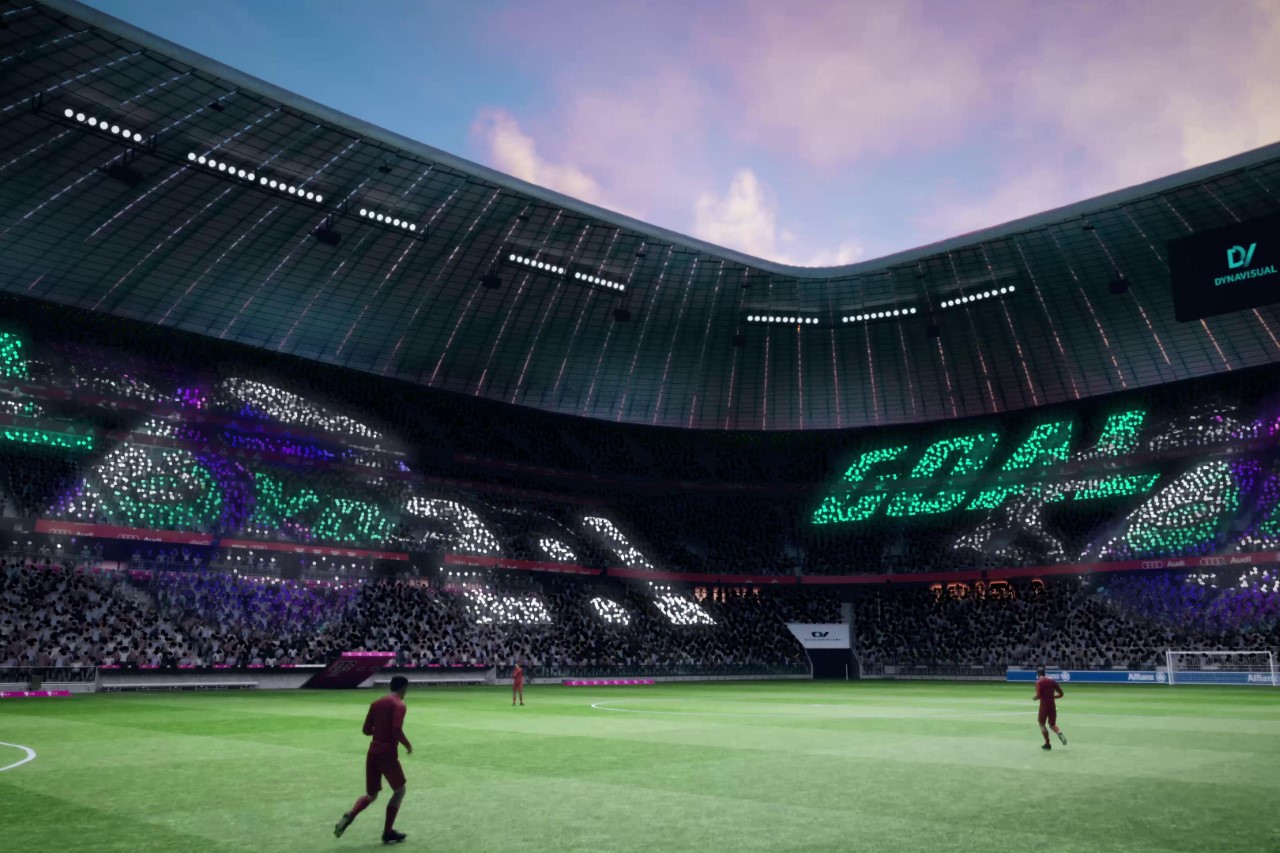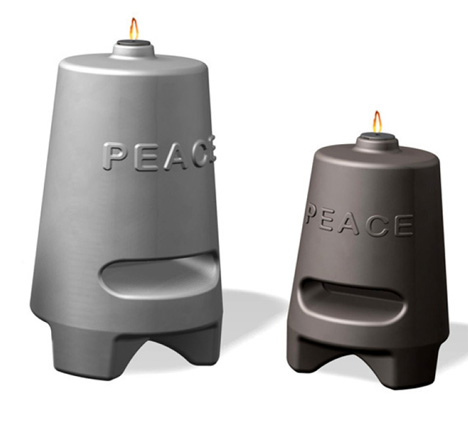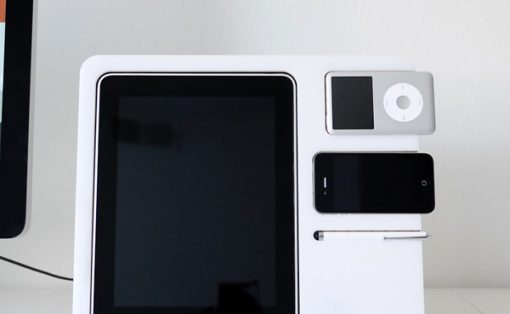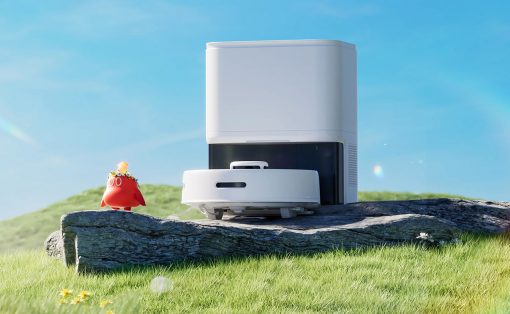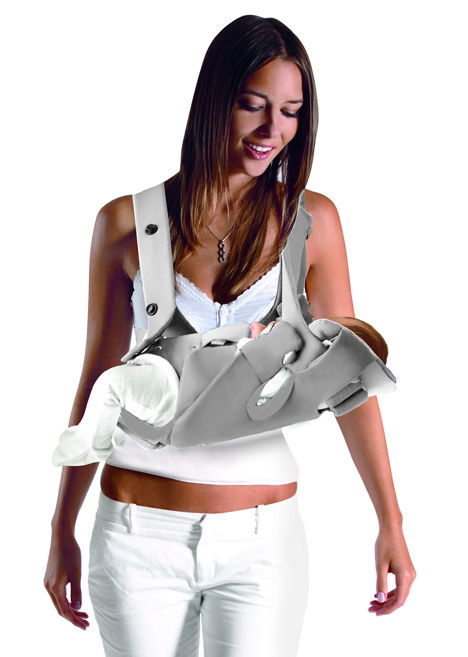If you’ve browsed through the internet long enough, you’ve seen videos of Taylor Swift or Coldplay concerts, with the entire audience lighting up thanks to LED wristbands that respond to the concert’s lighting and music setup. Well, Dynavisual wants to take that technology a few steps further. The company is working on a set of flexible high-visibility LED ‘billboards’ that can be worn on caps, clothes, bags, etc. The LEDs can be customized to display messages, stats, and brand logos (pretty standard stuff), but what really makes them exciting is their ability to be paired together by the thousands, potentially turning an entire crowd into a massive display. Dubbed ‘Swarm Technology’, Dynavisual paints an incredibly exciting future where massive arenas come to life at concerts or sports games, displaying images, logos, or even massive graphics – just imagine the entire stadium displaying the word ‘GOAL’ when Messi scores. The best part? These Dynavisual displays could then go back to being individual units once the game is over, with each person carrying their display back home and using it like they normally did.
Designer: Dynavisual
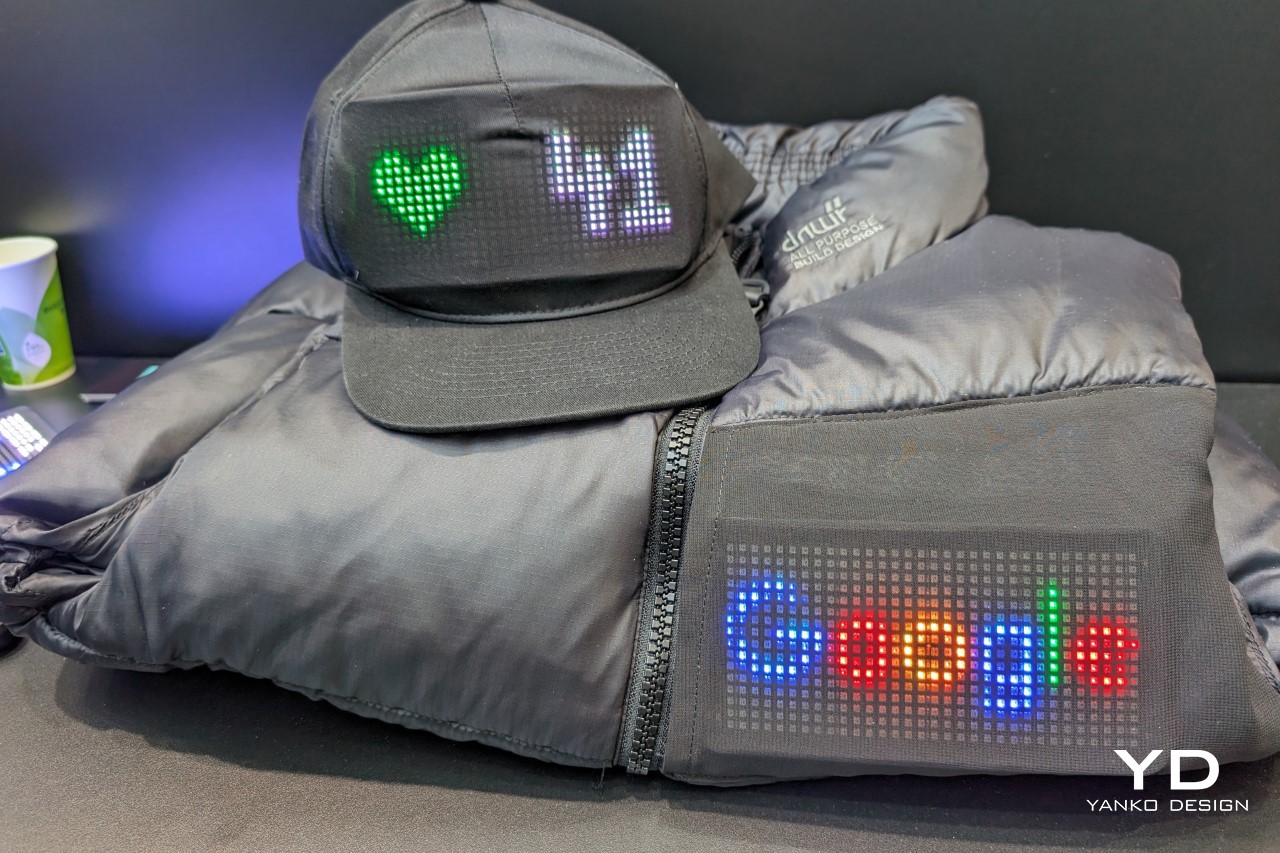
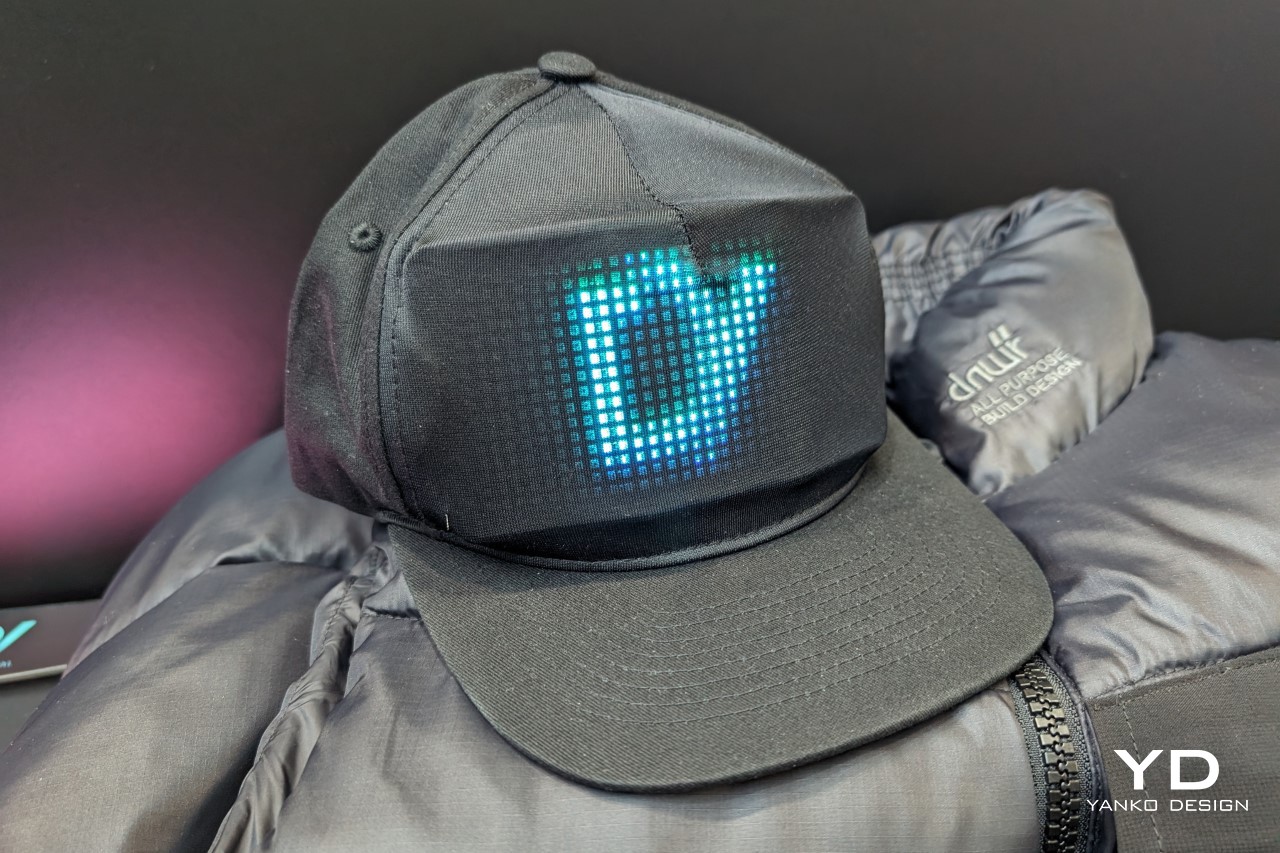
Flexible displays have been around for over a decade now, but calling the Dynavisual Pad a flexible display is a bit of a stretch. In theory, it passes the bar, but practically, you’re also looking at a pad that has just 512 pixels, arranged in a 16×32 array. Standard OLED displays like the ones in your phone have millions of pixels per display, but the folks at Dynavisual don’t want you to make that comparison. If looked at independently, the Dynavisual Pad is an entirely different product. It’s designed with a robust construction that can be worn across your body or on your head, has multi-directional flexibility across both X and Y axes, and those individual pixels may give the display an incredibly low resolution, but they’re exceedingly bright. For comparison, the iPhone has a peak outdoor brightness of 2000 nits – the Dynavisual Pad outputs a comfortable 6000 nits, making it up to 3x brighter than traditional phone displays. The reason is simple – the low resolution and high brightness aid visibility over distances of multiple feet, whereas a smartphone display is practically unusable beyond 6-7 feet.
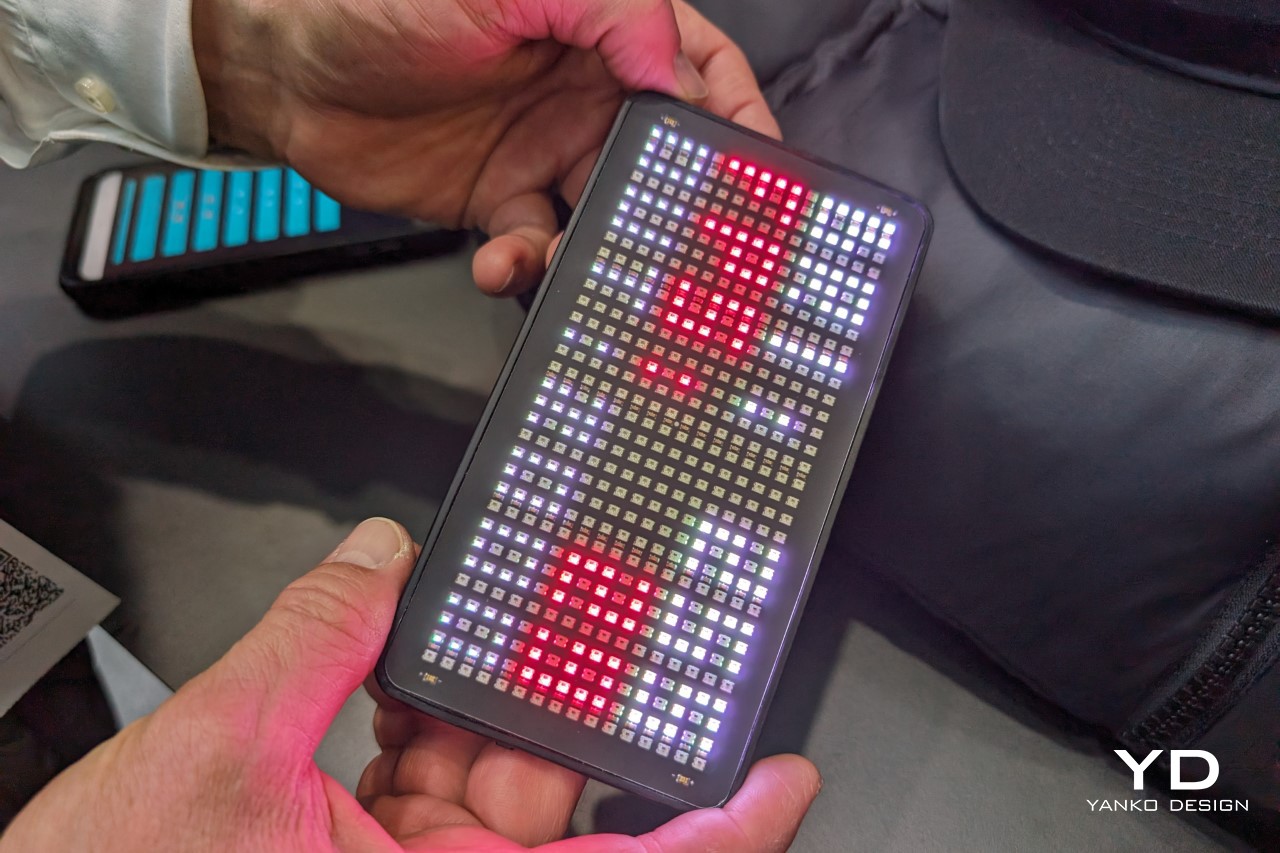
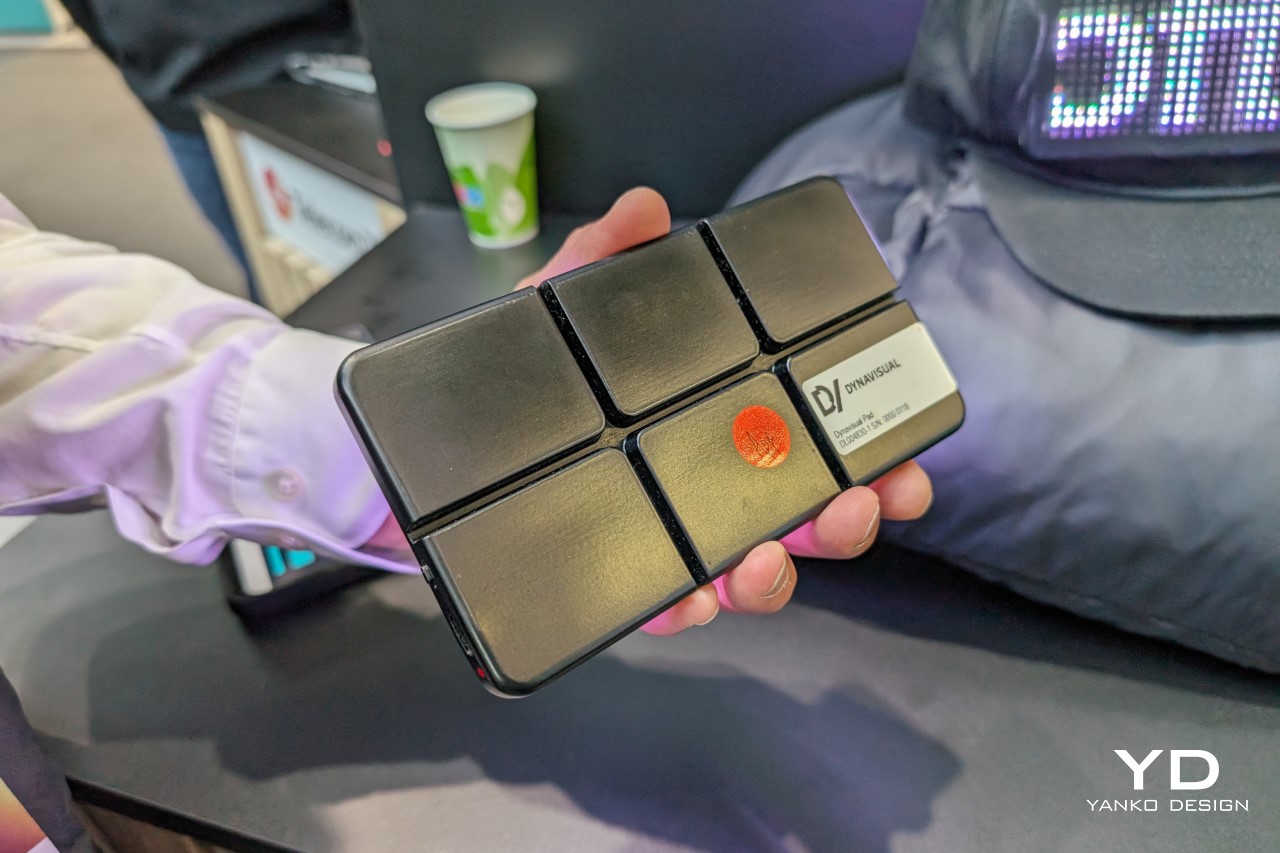
Showcased at MWC 2024, the Dynavisual team is bringing attention to how capable its Pad is. Each Pad is roughly the size of a large phone, has visibility in bright daylight, and boasts a flexible design thanks to ridges in the back that allow it to easily bend in multiple directions, making it perfect for wearing on your person. The device is made to be lightweight, allowing you to wear it on a cap, in a hoodie/jacket, or even on a bag, and it has its own built-in battery. Details on the battery life were unclear, but given that the device has just over 500 LEDs to power, it’s much more power-efficient than your smartphone.
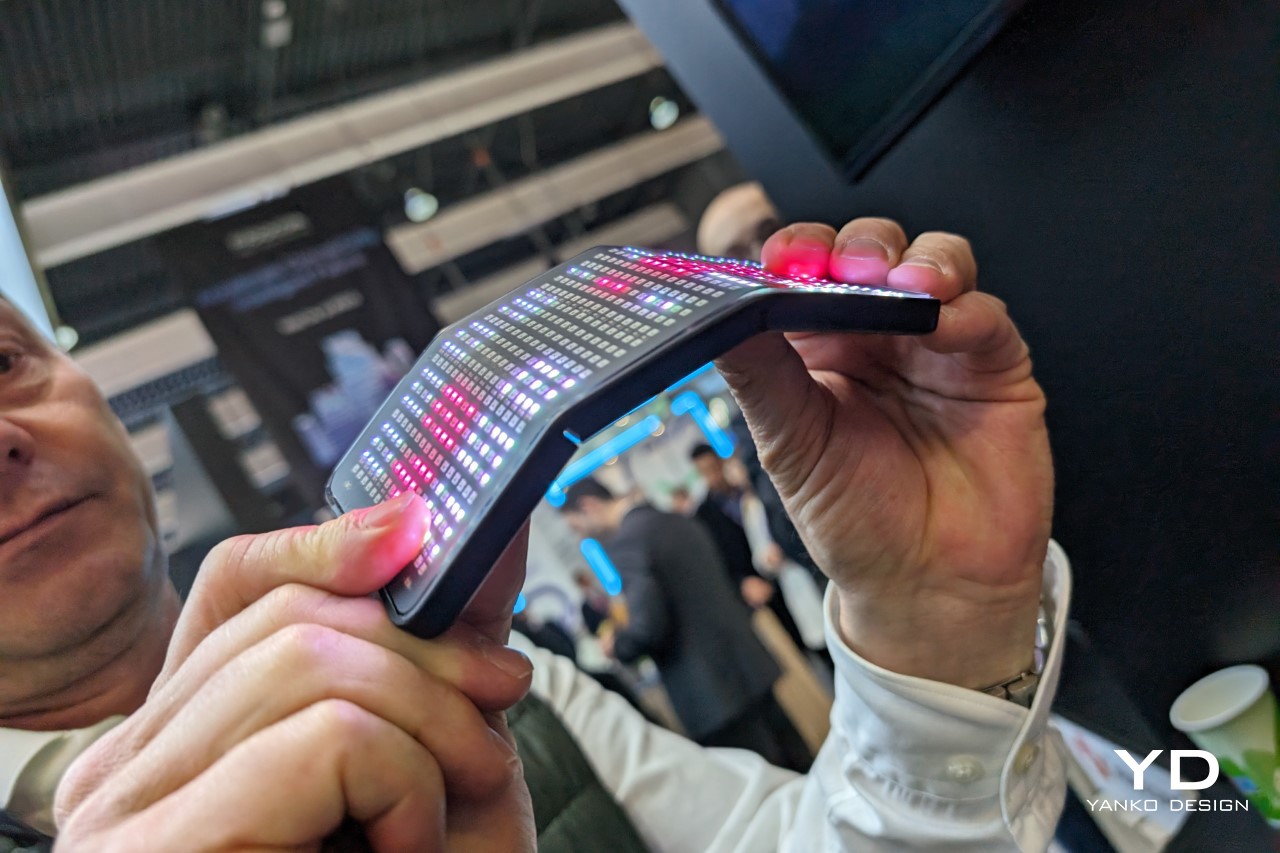
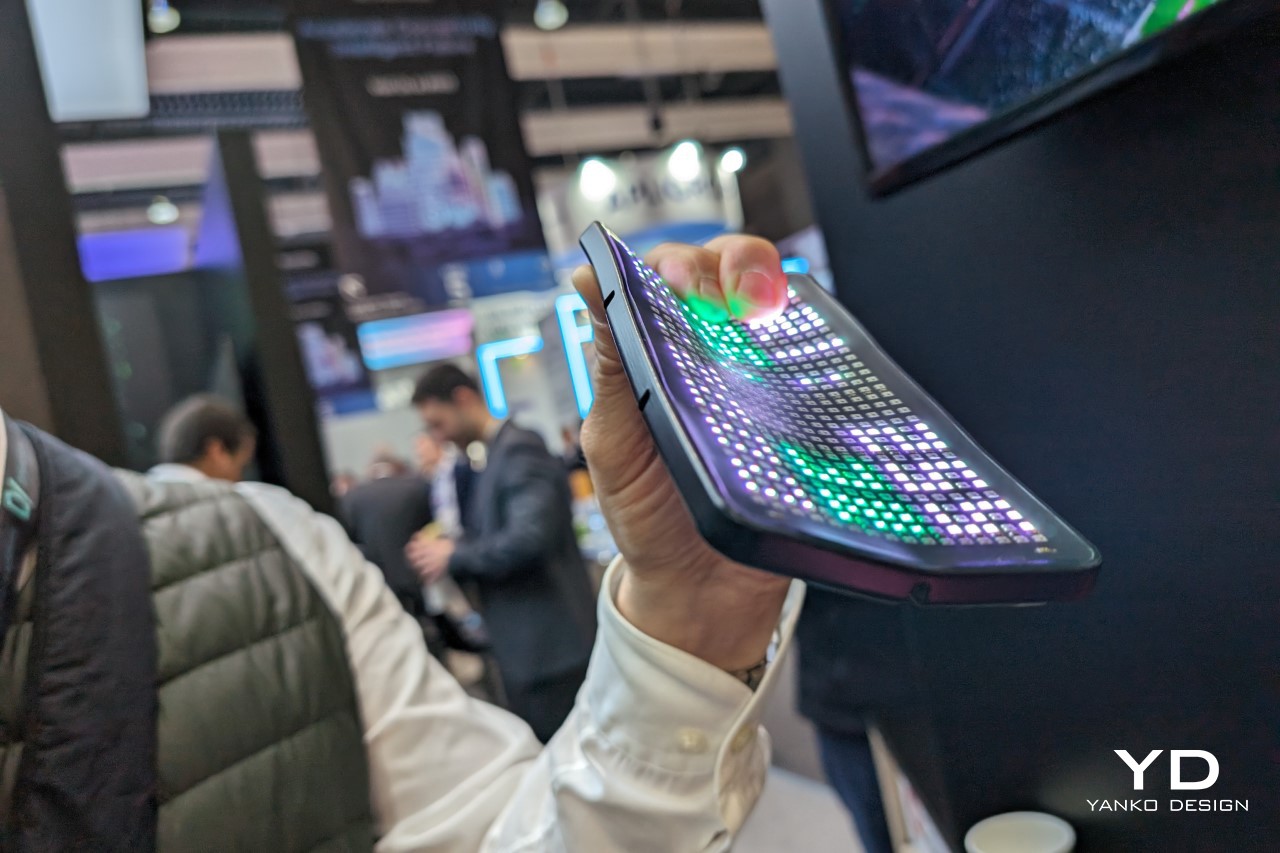
The applications for the Dynavisual Pad are perhaps the most exciting bit as far as the product goes. There’s an obvious use-case in branding/marketing, with the pad accepting logos, messages, and branding elements, but Dynavisual sees the Pad as being a great communication element beyond the narrow marketing approach. It could be used by safety personnel to help deliver messages/guidance, or it could even be used in a personal capacity, perhaps by a cyclist looking to let drivers behind know whether they’re turning left or right (or braking). To that end, the Dynavisual Pad is a pretty smart device. It packs a whole slew of sensors, including GPS, Bluetooth, WiFi, Infrared, and even voice input.
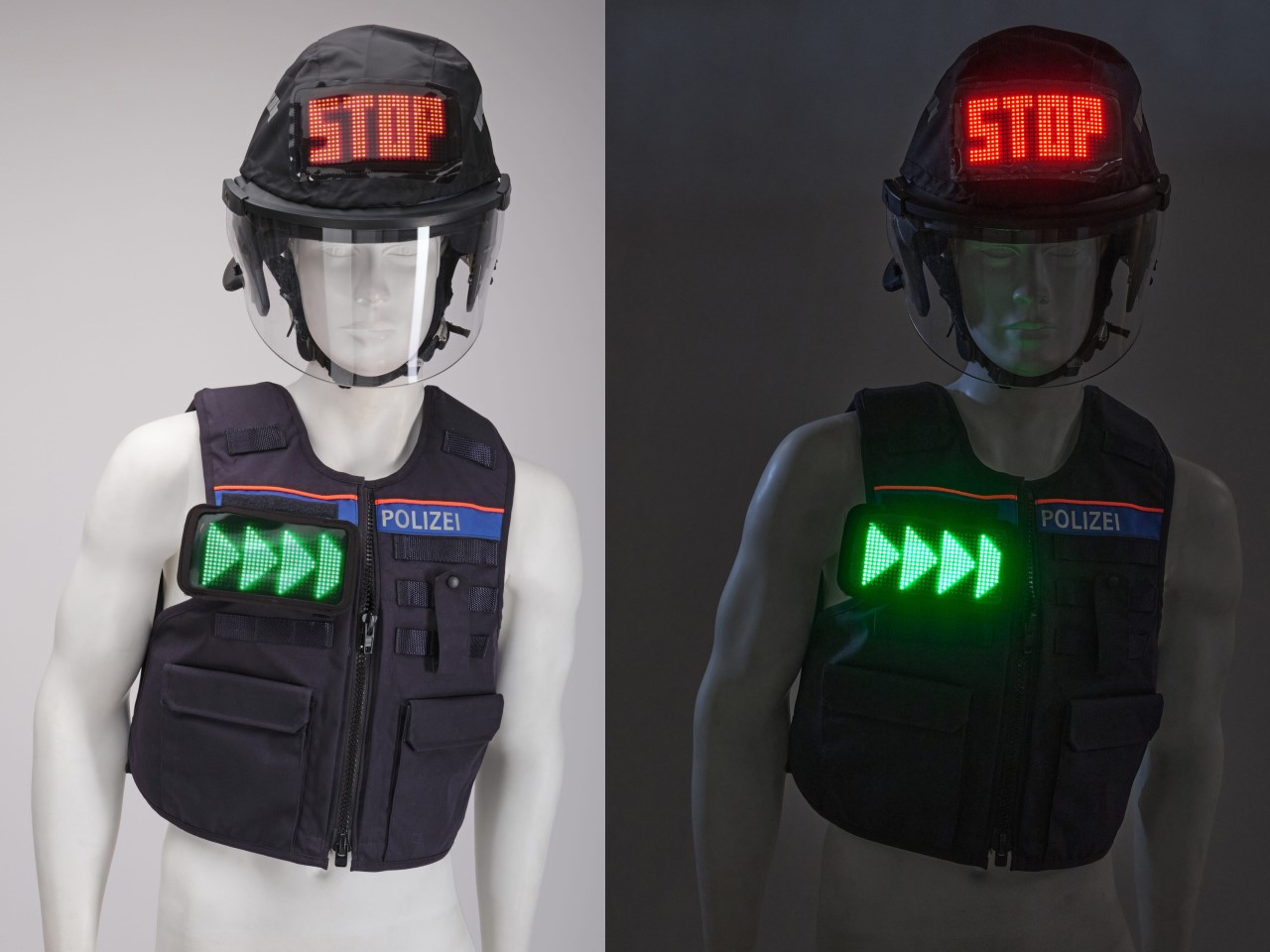
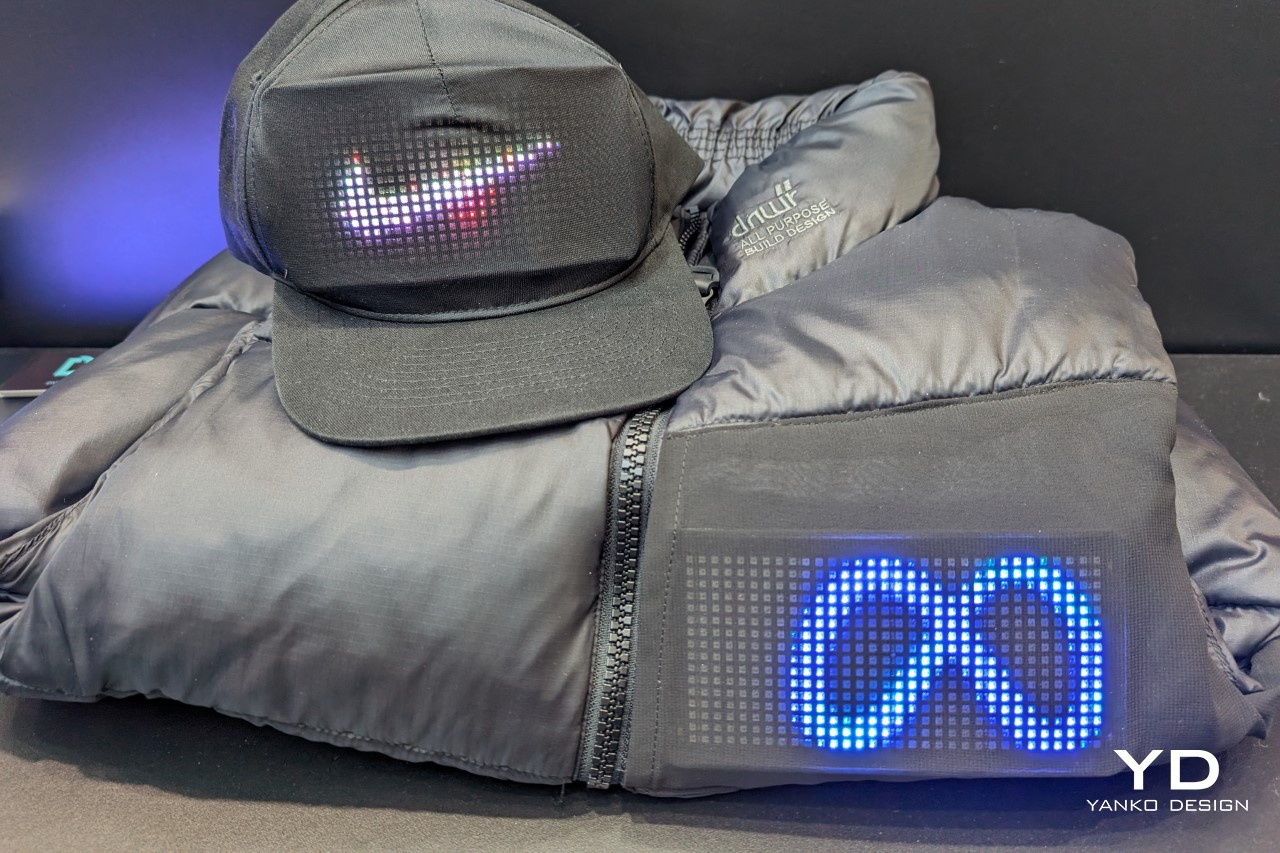
The 6000-nit LEDs are bright enough to shine through thin fabrics too, allowing you to easily conceal them into clothing.
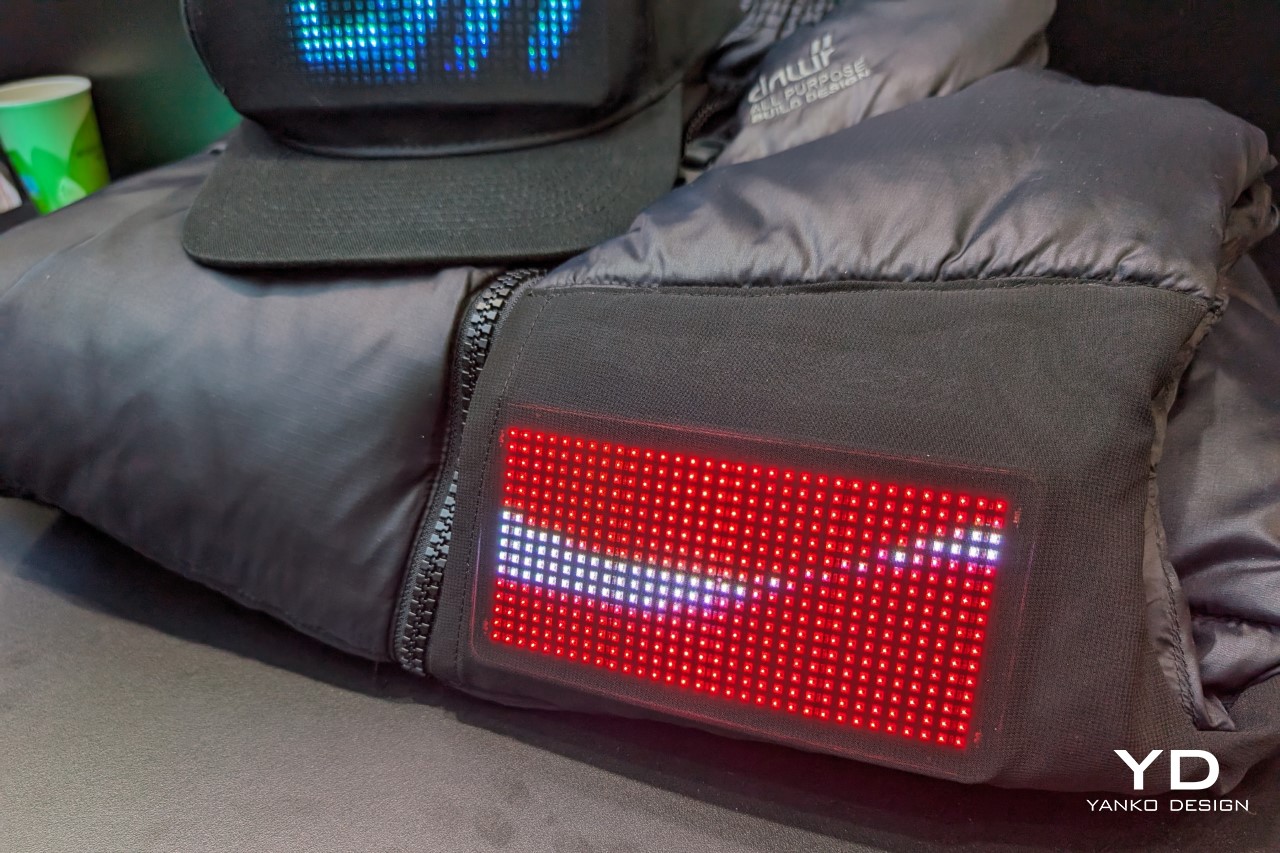
However, things get truly exciting when multiple Dynavisual Pads come together at the same venue. The company has developed a unique protocol that allows multiple Dynavisual Pads to sync together, becoming a swarm or hive-mind. The technology is best displayed within stadiums and arenas, as organizers can command multiple Dynavisual Pads together, turning them into a massive intelligent display that relies on hundreds if not thousands of pads to work as individual pixels. Imagine an entire stadium audience erupting into colors and displaying the score every time there’s a goal (or a touchdown), or lighting up with brand messages during an ad break. Unlike with current LED bands used in concerts that rely on a combination of WiFi and radio frequencies, Dynavisual’s Swarm Technology operates differently. For starters, with existing solutions, LED bands are owned by organizers, distributed to audiences at venues, and collected once the event is over. That isn’t a concern with the Dynavisual Pad, as users can bring in their own Pad devices into a venue and have it automatically sync up with the event’s light and sound system. Moreover, while current LED bands can only display swathes of colors and vague shapes, Dynavisual’s team has managed to figure out how to display images – a feat that’s incredibly tricky because organizers will need to know where every single Pad device is located, and send specific signals to them.
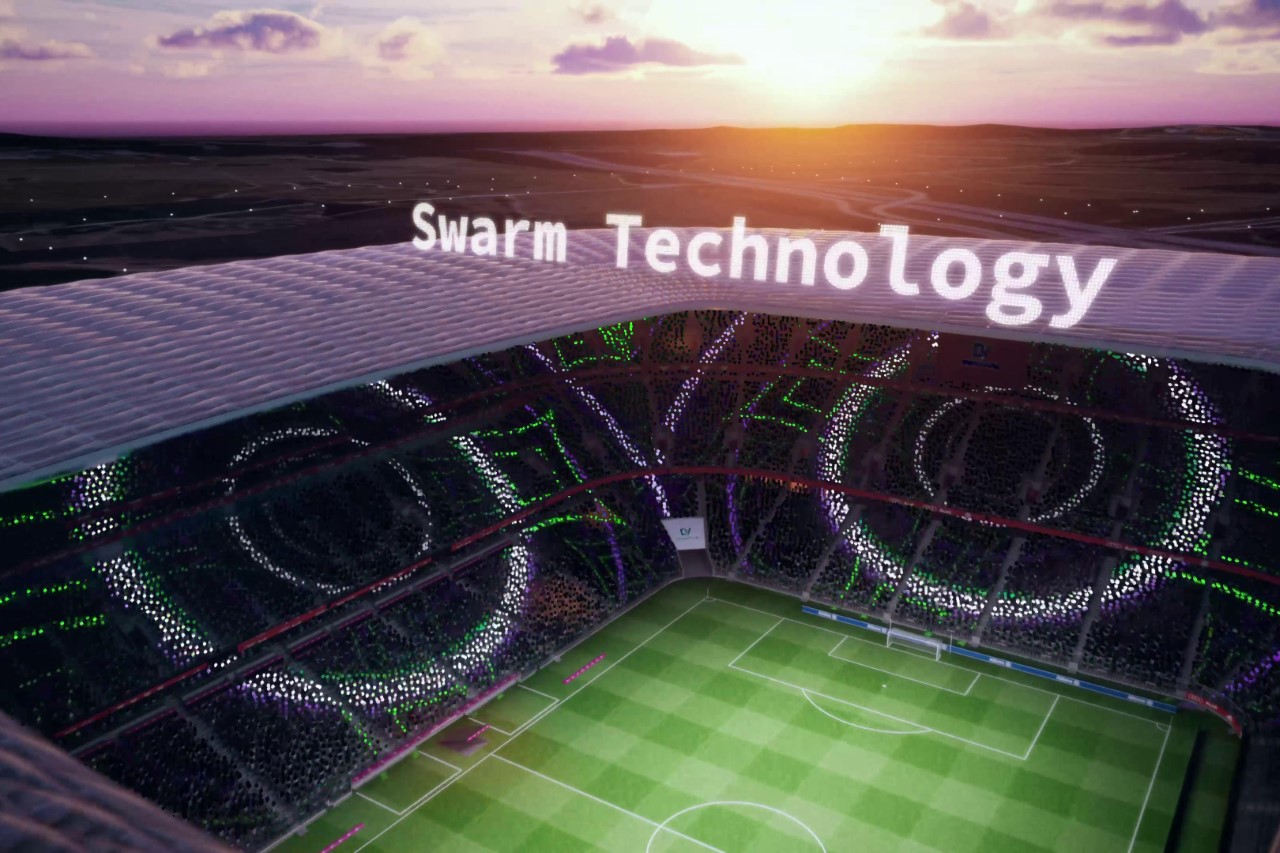
The application of that widespread swarm technology, however, doesn’t translate well to a hands-on demo with just one or two units on display. It’s also a challenge to explain the product to people attending the Mobile World Congress, because there’s a knee-jerk reaction to then compare it to a mobile – which the Dynavisual Pad is NOT. That being said, the swarm technology looks promising, as the visuals quite literally paint a vivid picture… although with massive concerts, tournaments, and large-scale sporting events like the Olympics, the Dynavisual Pad has an audience practically ripe for the picking!
